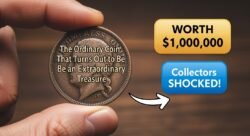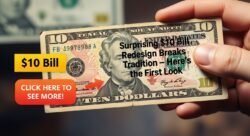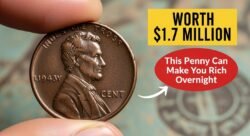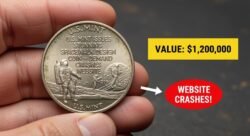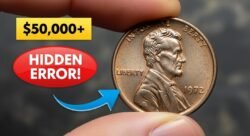Inherited Coin Collection: Have you ever wondered if that box of old coins gathering dust in your attic could be worth something? I certainly didn’t when my grandfather left me his coin collection. It sat untouched in my closet for nearly two years before curiosity got the better of me. What started as a simple afternoon of sorting through old coins turned into a journey that would completely change my financial future. This inherited coin collection, which I initially viewed as just another keepsake, ended up being worth far more than its sentimental value. Today, I want to share how an overlooked inheritance became my most valuable possession.
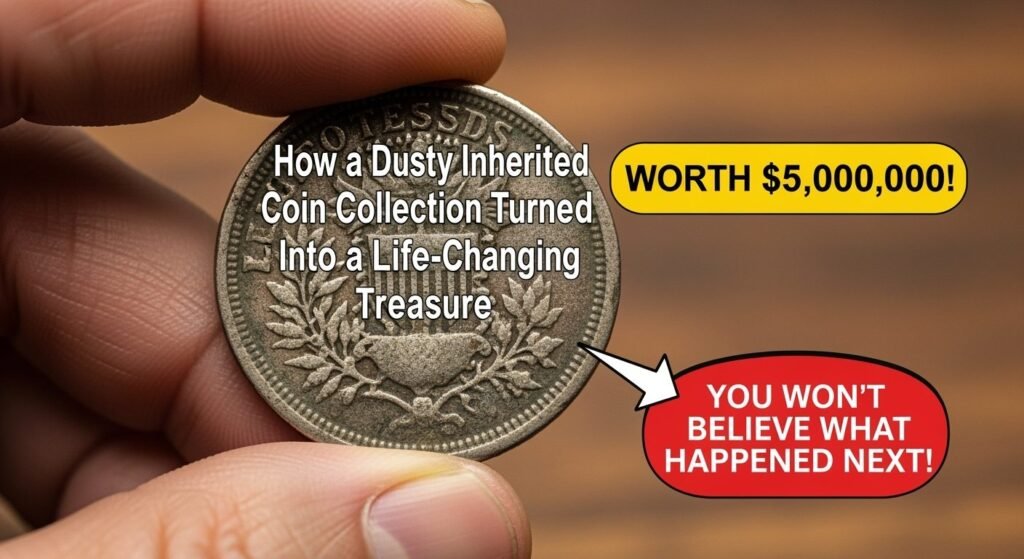
What Makes Inherited Coin Collections Valuable
An inherited coin collection often contains pieces acquired over decades, sometimes spanning multiple generations. What makes these collections particularly valuable is their diversity and the possibility of containing rare specimens that the original collector might not have recognized as exceptional. Many collections started before the 1960s include silver coins that were once in circulation but now command premium prices simply for their metal content. Beyond that, inherited collections frequently contain coins purchased when their market value was significantly lower than today’s prices. The passage of time works in your favor, as numismatic items generally appreciate, especially those with historical significance or limited mintage. Your relative’s casual hobby could have inadvertently assembled a treasure trove of numismatic gems.
How To Evaluate Your Inherited Coins
When you first encounter an inherited coin collection, resist the urge to clean any coins or reorganize them without documentation. The original storage system might contain valuable information about provenance or acquisition dates. I recommend creating a digital inventory with photographs before moving anything. Next, look for any documentation that came with the collection—old receipts, certificates of authenticity, or handwritten notes can provide crucial context. For initial assessment, reference guides like the “Red Book” (A Guide Book of United States Coins) can help identify common valuable issues. However, professional appraisal is essential for collections of significant size or containing potentially rare specimens. Remember that condition dramatically affects value—a seemingly ordinary coin in exceptional condition can be worth substantially more than its worn counterparts.
When To Seek Professional Help
Not every inherited coin collection requires expert consultation, but certain situations definitely warrant professional eyes. If your collection contains gold coins, pre-1933 American coins, foreign currency you can’t identify, or coins in original mint packaging, consider seeking expert advice. Similarly, if you discover coins that appear particularly old (pre-1900) or in pristine condition, professional evaluation becomes more important. The best approach is to find a reputable numismatist who belongs to professional organizations like the American Numismatic Association. Avoid dealers who pressure you to sell immediately—a trustworthy expert will provide education about your collection’s contents before discussing potential sales. I waited nearly a month after discovering my grandfather’s collection before consulting a specialist, which gave me time to research and understand what I might have.
Why Documentation Matters
The history behind your inherited coin collection can significantly enhance its value beyond the intrinsic worth of individual pieces. Collectors often pay premiums for coins with established provenance—documented history of ownership that proves authenticity and adds historical context. If your relative kept purchase receipts, auction catalogs, or correspondence about their collection, preserve these documents carefully. They form what numismatists call the collection’s “pedigree.” Additionally, any notes about where and when coins were acquired can help authenticate rare specimens. In my case, my grandfather’s meticulous record-keeping in a small leather notebook added approximately 15% to the collection’s overall value. The notebook revealed that several key pieces had been purchased directly from their original owners, creating an unbroken chain of custody that serious collectors value highly.
A Life-Changing Discovery
When I finally had my grandfather’s collection professionally appraised, I was stunned to learn it contained an extremely rare 1943 copper penny—one of fewer than 30 known to exist. This single coin, which my grandfather had acquired in the 1950s for less than $1,000, was now worth over $200,000. He had noted its purchase in his records but never realized its true significance as its value appreciated. This discovery alone transformed what I had thought was a modest collection into a life-changing inheritance that eventually funded my children’s college education and allowed me to purchase my first home. Sometimes the most valuable treasures are hiding in plain sight, waiting for someone to recognize their true worth.

